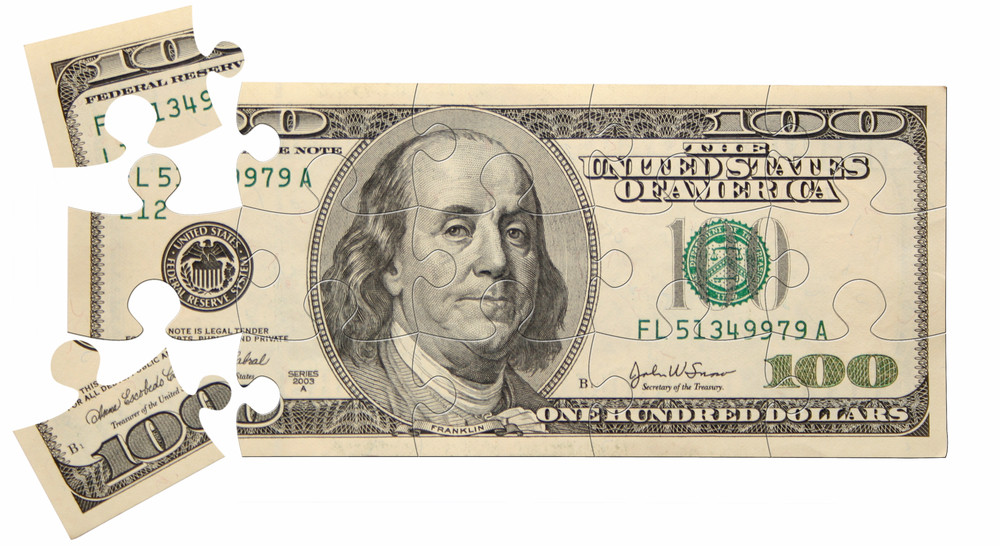This just in…
The man who made America great again in record time — only 18 months — with unemployment at half-century lows and stocks at all-time highs…now says he is ‘not thrilled’ about the Fed’s tightening policy.
From CNBC:
‘The dollar weakened on Tuesday after U.S. President Donald Trump slammed the Federal Reserve for raising interest rates, while global equity markets rose as strong economic and earnings growth favored stocks in a relatively benign environment.
‘Trump said in an interview with Reuters on Monday that he was ‘not thrilled’ with the Fed under his appointee, Chairman Jerome Powell, for raising rates and that the U.S. central bank should do more to boost the economy.’
When it comes to increasing rates, Donald J Trump is not loving it.
We think we see where this is going. In preview, when it leads to where we think it leads, we’re not going to be loving it much, either.
Mistake #2
Remember, the Fed now claims to be making Mistake #2: raising rates to try to stop the damage it caused with Mistake #1 (leaving them too low for too long).
It is actually still making Mistake #1, since the federal funds rate is still below the Consumer Price Index (inflation).
Net, it is still lending to member banks at negative rates — nearly 10 years after the ‘emergency’ that caused it to panic in the first place.
But even the thought of raising rates (Mistake #2) troubles the sleep of the president, who described himself as a ‘low-interest rate guy’.
Presidents prefer Mistake #1. EZ money keeps the voters happy.
But the Fed knows it can’t stick with Mistake #1 forever. If it did, the markets would balloon up and burst…Then, the Fed would have to make Mistake #3 (cutting rates in a panic)…with no rates to cut.
This sometimes puts the pols at odds with the Fed.
Lyndon B Johnson was not thrilled by Fed chief William McChesney Martin’s tight money policies; he thought the Fed needed to help finance the war in Vietnam.
Nixon pressured Fed chief Arthur Burns to keep the money flowing through the election of 1972.
Jimmy Carter was an exception. With his sweater and his Whip Inflation Now button, he was not loving the inflation that his Fed chief, G William Miller, had caused.
He replaced Miller with Paul Volcker, the only honest, sensible Fed chief in the last 40 years. Volcker enacted his own form of ‘shock therapy,’ and boosted the federal funds rate to a peak of 20% in 1981, effectively squashing inflation.
Then, George H W Bush accused Fed chief Alan Greenspan’s tight money policy of costing him the 1992 election. Bush was right.
But after Greenspan (probably unwittingly) ruined Bush’s re-election chances, he teamed up with the Clintons.
Financial markets strategy
We turn to a 1993 report from The Washington Post:
‘The book, The Agenda: Inside the Clinton White House by Washington Post assistant managing editor Bob Woodward… recounts what Woodward calls a crucial meeting between Clinton and Greenspan in Little Rock, Arkansas in December 1992, the month before Clinton’s inauguration.
‘Greenspan outlined to Clinton an economic policy Woodward calls the “financial markets strategy,” in which policy was constructed to send a message to Wall Street, which responded by driving down long-term interest rates that allowed Greenspan to keep short-term rates down as well.
‘According to the theory, the economy would then improve, and Clinton would have more to spend on favored domestic programs in later years and ultimately would be re-elected.’
The plan worked. EZ money got Bill Clinton re-elected. And at Clinton’s first economic address to Congress, who should get the place of honour next to the First Lady? None other than the architect of the plan, Alan Greenspan.
The financial world we live in today is essentially the result of Greenspan’s EZ-money strategy. And it almost got Hillary elected, too.
EZ-est money
Every president and key advisor knows how the game is played. Fed policy is put to work like presidential press conferences and fake news — to mislead the voters.
Generally, the Fed makes Mistake #2 early in the election cycle. That will bring on a recession/bear market that can be blamed on the previous president.
Then, the Fed needs to move to Mistake #3 in time for the new credit to make its way into the economy so it will be running hot for the next election.
In this regard, Obama hit a home run. The crash/recession of 2008–2009 was clearly the fault of the Bush Team.
Then, soon after taking office, the Obama Fed, still under the leadership of one Ben Bernanke — the biggest dunce to lead a central bank since Gideon Gono in Zimbabwe — was able to begin making Mistakes #3 and #1 again…with the EZ-est money ever seen.
Now, with the economy still running hot, Donald J Trump is at bat. And coming soon is a curveball.
That is, it appears Mr Trump did not understand the game at all. In January 2017, he should have insisted on Mistake #2, bringing on a recession that he could have blamed (rightly so) on Obama.
That would have allowed him to get the hurt out of the way early, so he could then pass a tax cut…lower interest rates…and take credit for Making America Great Again by 2019, in time for the next election.
Instead, Mr Trump passed his tax cut at the wrong time in the cycle…and took full credit for the results of the Obama-era Mistake #1 (leaving rates too low for too long).
Instead of putting the pain behind him, he has left it in front. And now, he is encouraging the Fed to stick with Mistake #1 for even longer.
How this will play out — in Mistake #4 — will be the subject of tomorrow’s Diary.
| Regards, |
| Bill Bonner |
